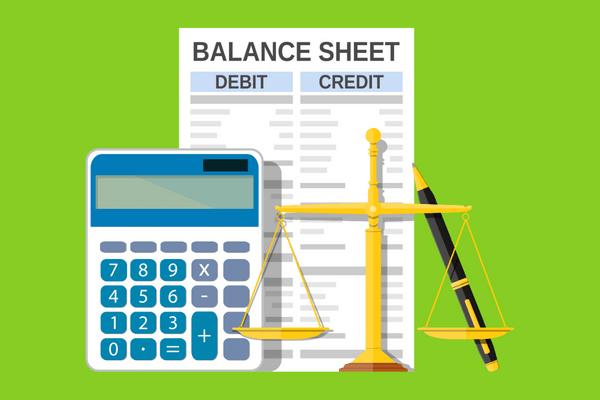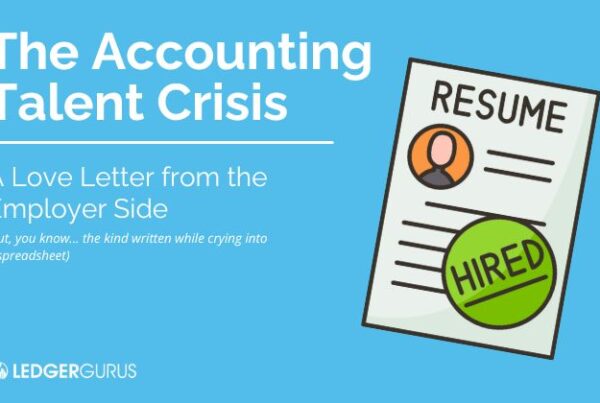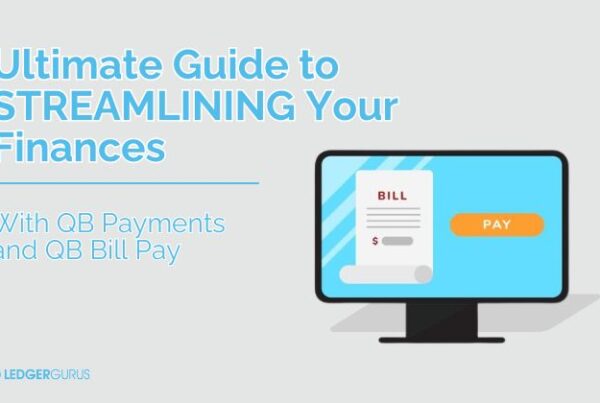
The e-commerce balance sheet can seem as crazy as a wild jungle, (and just as hard to navigate!). That’s why we are here to help. Think of us as your guide to the farthest reaches of the Amazon. We will help you focus on the most important parts of your balance sheet. (The ones that affect e-commerce companies in particular.)
You can also watch this video of our Chief Guru, Brittany Brown, walking through understanding your e-commerce balance sheet.
The eCommerce Balance Sheet
Balance sheets are based on accrual versus cash accounting. As an e-commerce company, you want your balance sheet to be a place you can go to see the true financial standing of your company.
Cash vs. Accrual
It is very common for e-commerce businesses to buy products they have terms on. If e-commerce companies don’t keep track of those liabilities until they are paid, then their balance sheet doesn’t show their true financial standing. It is a good practice to set aside a bank account to accrue cash for unpaid but gathered sales tax and for unpaid payroll liabilities. That way when you look at your balance sheet you won’t see a huge cash balance and think you have a lot of money; forgetting that much of it was actually collected for sales tax and is not yours to keep.
In conclusion, make sure your balance sheet reflects unpaid bills and uncollected revenue, and set aside bank accounts for money collected that you don’t get to keep. This will help you understand your true financial position, lest you get an over-inflated sense of wealth, only to be quite surprised when all those accounts come due.
In addition to the importance of accrual versus cash accounting, inventory-based e-commerce businesses have two important balance sheet accounts they need to focus on: sales tax liability and inventory balance.
Sales Tax Liability
Sales tax compliance is a little more complicated for e-commerce businesses because of economic nexus. It’s important to make sure you are aware of where your company has economic nexus. That way you don’t put down too much or too little sales tax liability. If your balance sheet shows zero sales tax activity, then all the warning bells in your brain should be going off. Businesses will all have economic nexus in at least one state. You can be charged a penalty or additional fees if your sales tax liability account is incorrect.
So what is the sales tax liability account, and what does it represent? The sales tax liability account is a short-term liability account because the funds usually need to be remitted within one year. It shows the entire amount of sales tax that a business collects from its customers on behalf of a governing tax authority. In other words, as the business collects sales tax from its customers, it should be captured on the balance sheet. The business is liable for these funds as this money is owed to taxing authorities. So e-commerce sales tax liability decreases as sales tax is remitted to these governing authorities.
If a company is remitting a large amount of sales tax for various jurisdictions, then it is beneficial to break up their sales tax liability into smaller “sub-accounts”. Some of these smaller accounts might include state, county, or even local government accounts. This helps businesses better keep track of them individually.
Inventory Balance
Inventory is a very important part of an e-commerce balance sheet. You can take the e-commerce out of the inventory but you can’t take the inventory out of the e-commerce. Am I right or am I right? Knowing the right numbers for your inventory makes all the difference. How do you make sure your inventory balance is correct? Ask yourself some basic questions to get you off to a good start. Questions like: Is there even a balance in my inventory account? If there isn’t, and there should be one, then that is a clear sign something is not right. If there is a balance, then does it frequently change? These questions can help you recognize if there are any issues with your inventory account.
What is your inventory account and what does it represent? Your inventory balance is an asset on the balance sheet. It changes depending on how much inventory you have on hand. The inventory balance increases when you buy more inventory and decreases when you sell some of your inventory. (And when you relieve it through COGS). If you have no inventory balance, or your inventory numbers aren’t changing, then this is a problem. Especially if you are purchasing and selling inventory pretty consistently. This highlights that there are some issues when it comes to recording your inventory balance.
Having too low or too high of an inventory balance affects both your balance sheet and income statement. A balance that is too low will cause your asset number to be too low as well. (And your COGS to be too high). This gives other companies, investors and banks an incorrect idea of your companies financial health. An accurate picture of your financial health helps you make better decisions for your business.
Getting Your Balance Sheet Right
Understanding the difference between cash versus accrual accounting can save you a lot of time and hassle later on. Your balance sheet should show unpaid bills and uncollected revenue. Set aside bank accounts for money collected that you don’t get to keep. In addition to this, make sure your sales tax liability and inventory balance sheet accounts are correct to save yourself from extra penalties, fees and transparency issues. Oh, and also from the headache that comes with all of those things.
The e-commerce balance sheet can seem like a crazy jungle. Don’t go into it alone and unprepared! We are here to help you successfully navigate said jungle and maybe come out of it with a story or two to tell.
We’ve created a in-depth video on how to read and analyze your e-commerce balance sheet.
We can also help you if you’d like more information about outsourcing your accounting.






